 |
Mobile telephone exchanges were once produced in the hundreds, but today only a handful have survived as working examples. |
Overview
The very first Mobile Automatic eXchange (MAX) type 12 was brought into service in 1938 by the Postmaster General, Major G.C. Tryon, M.P. who made the inaugural call from Post Office Headquarters to the chairman of Essex County Council in Chelmsford. After the ceremony, the exchange was then put to work in North Weald, Essex where it replaced a small manual exchange.
Mobile Non-Director eXchanges (MNDXs) were based on standard 2000-type selectors and main exchange equipment.
The MNDX details were correct at the date the photographs were taken. Thanks to the owner(s) for allowing details to be shown. Restoration condition and ownership may have changed since this page was last updated.
| MAX 12 No. 29 | |
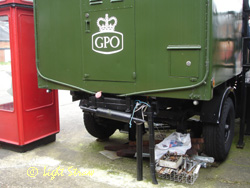 |
MAX 12 No. 29, serial T 9404. (1948) |
| MNDX No. 81 | |
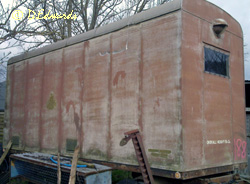 |
MNDX No. 81, serial T 13415. (1965) |
| MNDX No. 127 | |
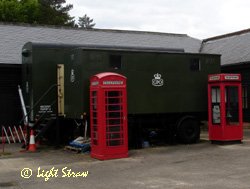 |
MNDX No. 127, serial T 205409. |
| MNDX No. 295 | |
 |
MNDX No. 295, serial 71 830 0104. |
| MNDX No. 313 | |
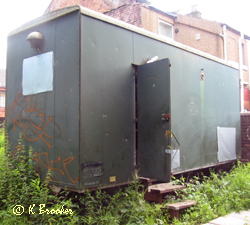 |
MNDX No. 313, serial 7x 830 00xx. |
| MNDX No. 323 | |
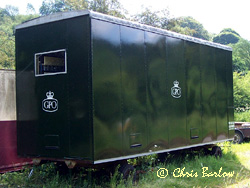 |
MNDX No. 323, serial 7x 830 00xx. |
| MNDX No. 331 | |
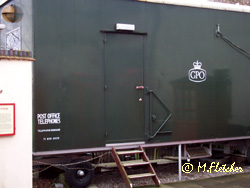 |
MNDX No. 331, serial 71 830 0030. |
| MNDX No. 341 | |
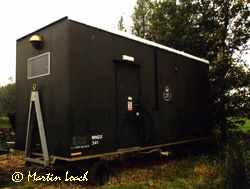 |
'Martin's Mobile' MNDX No. 341, serial 72 830 0042. |
| MNDX No. 368 | |
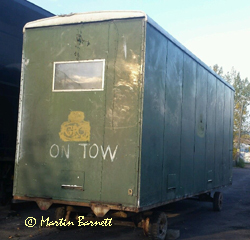 |
MNDX No. 368, serial 71 830 0080. |
| 72 830 0063 | |
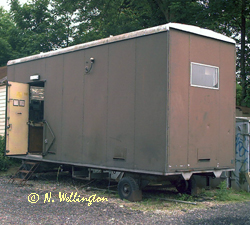 |
MNDX serial no. 72 830 0063. |
The remaining mobiles exist only as storage vans or have been converted to other uses: MNDX No. 318 (71 830 0023), 71 830 0098, 72 830 0051, 72 830 0074 have been seen at Ardrossan, Ayrshire. One was seen painted in 'Business Systems' dark blue.
Acknowledgements
Telephony by Atkinson; Chris Barlow; David Edwards, Phil Goodwin, Mike Fletcher; Martin Loach; Peter Walker; Martin Barnett; K. Brooker; Post Office Telecommunications Journals; Telephone Museum, Milton Keynes; Post Office Vehicle Club; THG; Teletalk, staff newspaper of EAD; BT Heritage.
All logos and trade marks are the property of their respective owners and are used on the Light Straw site(s) for review only. Students and researchers are recommended to make their own independent enquiries as to the accuracy of the information contained therein.